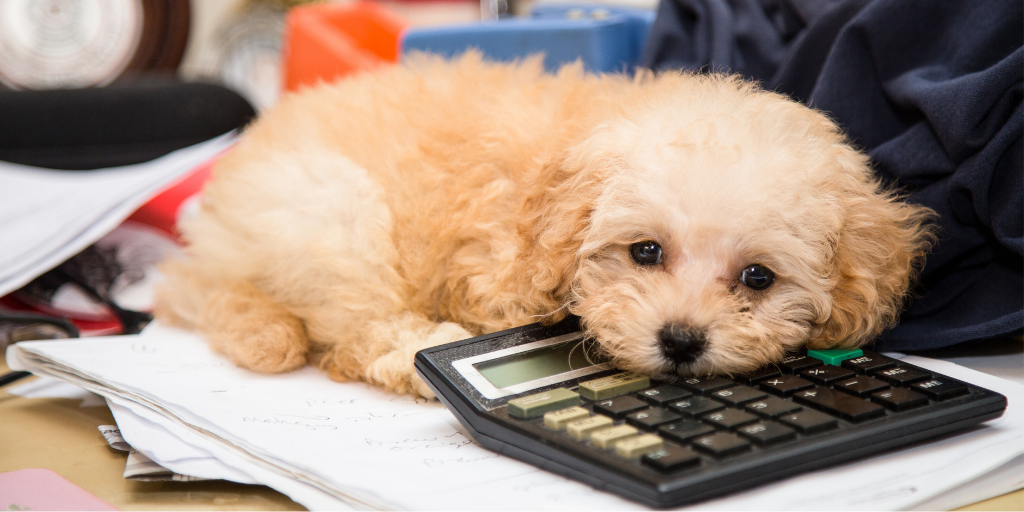Have you ever wondered how old your pup is in "dog years"? Lots of us mistakenly believe that, for dogs, one year equals seven in human years. This would mean that your one-year-old dog is seven in dog years. But that's the old and outdated method for calculating your dog's age. There's a new, more accurate way to figure it out now. Here's how:
Dog Aging
Before we dive in to the new method of calculating your pup's age in dog years, let's go over aging in canines. In general, dogs grow quite quickly during the first couple years of their life. Most two-year-old dogs have physically, mentally and emotionally matured to a point where they no longer act or look like puppies.
While they'll still have quite a bit of energy and youthfulness, dogs have typically gone through significant physical changes at this age. They've likely reached their adult height and weight, have their permanent adult teeth, their adult coat and "closed" growth plates in their legs (meaning the calcium and minerals around their bones have hardened).
That being said, dogs age differently based on their breed. Larger breeds, like Great Danes and Saint Bernards, mature more slowly but have shorter life spans. On the flip side, medium and small breeds mature more quickly, becoming seniors between eight and ten years of age.
Calculating Your Dog's Age
So how do you more accurately calculate your dog's age in dog years? There's a new method outlined by Petful that vets agree provide a much more accurate representation of dog years than any previous ones. This is because it takes into account that dogs mature more quickly in the first couple years of their life and then slow down after that. Here's how it works:
1. For the first two years of age, add 12 human years.
2. Then for every year age 3 and up, add 4 human years.
Here's the method in chart form, which makes it extra easy to calculate your dog's age:

So, how old is your dog in dog years?

